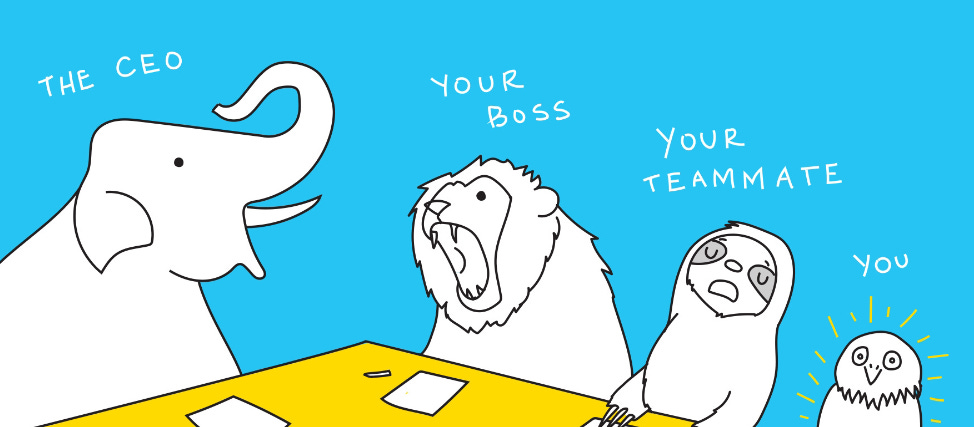10 Proven Tactics to Influence People and Level Up Your Soft Skills
Become an influential leader with these tactics from the #1 live course on the topic
Dear subscribers,
Today, I want to feature a guest post from my friend Satish, an ex-Meta product leader who was kind enough to share 10 free tactics on influencing without authority from his popular 4.8-star rated course (get $200 off with this link).
I was a principal IC PM (IC7) at Meta and have taught 500+ leaders via my course.
At the most senior levels, you're often tasked with solving complex product problems that span the entire organization. While great product sense is essential, your ability to influence without authority is what truly sets you apart:
Excel at it, and you'll swiftly align leaders to achieve impact.
Struggle with it, and you'll find yourself stuck in product review and meeting hell.
Here are 10 tactics to help you become an influential leader, organized as a flywheel to:
Build organizational trust
Develop your influence strategy
Align your team and leadership on decisions
Build organizational trust
1. Adopt the right mindset
Influencing others is not about pushing your agenda. Instead, it’s about:
Guiding a group of people to solve a problem together.
To do this well, you need to have the mindset to:
Put the organization first. People can tell if you only care about your own goals.
Show intellectual honesty. Seek the truth and be willing to change your mind.
Create shared ownership. Give others as much credit and ownership as possible.
Invest in relationships. Put in time and effort with key stakeholders upfront.
Drive alignment. Understand people’s concerns to get them on board.
2. Understand stakeholders and their incentives

To influence people, you need to understand their perspectives based on their:
Seniority: For example, to influence an exec, you must understand how your team’s work contributes to their priorities.
Function: Realize that each tech function has slightly different goals:
Product managers want clear strategy and well-defined objectives.
Engineering managers value realistic targets and career growth for engineers.
Designers care about consistent systems and holistic solutions vs. MVPs.
Legal wants to identify and mitigate risks.
Take time to understand each person’s POV before you try to influence them.
3. Use the trust hierarchy to build relationships
Build trust with people before you need to have a difficult conversation with them.
There’s a hierarchy of steps that you can follow to build trust with anyone in your company. From the easiest to the hardest, these steps are:
Show you care about them as a person
Seek to understand their point of view
Enable team collaboration and fix misalignment
Go out of your way to help them achieve their goals
Work your way up this hierarchy to build your influence with each person.
Develop your influence strategy
4. Assess decision complexity
The more complex your decision is, the more you must plan out your influence process and timeline. More complex decisions:
Have company-level vs. feature-level impact
Affect multiple product areas
Are one-way doors vs. two-way doors
Gauge complexity upfront to design the right process with the necessary people.
5. Define a clear alignment process
When aligning a large group, share a doc upfront covering the 3 Ps:
Purpose: What is the goal, and what decisions are needed?
People: Who are the people, and what role will they play?
Process: What’s the timeline and steps that we’ll take?
Please keep this document updated as the source of truth with notes from recent discussions and decisions. Here’s an example of an async decision-making process.
6. Build a toolkit of influence techniques
Here are some great techniques to add to your toolkit:





